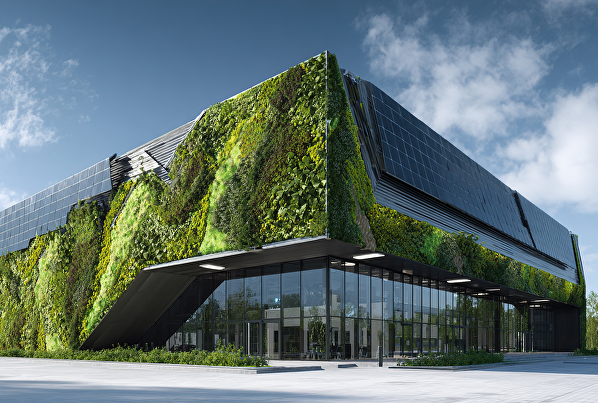
The Belgian IT landscape is evolving at two speeds: who is lagging behind and why?

A dangerous trend is emerging in the Belgian IT landscape: IT infrastructure is evolving at two speeds, with an ever-widening gap between mature companies and those lagging behind. During a round table discussion, four experts analyse the causes and dangers.
‘I fear we are evolving towards a two-speed IT landscape,’ notes Tom Van der Hulst, Business Unit Manager Intelligent Infrastructure at NTT. This observation is unanimously endorsed by the experts present at the round table on data centres and IT infrastructure organised by ITdaily.
Beware of the broom cupboard
No one is surprised. ‘Two-thirds of the infrastructure still runs in old on-premises data centres at companies,’ says Xavier Warnier, CCO at Datacenter United. He uses the term “data centre” loosely here. ‘In fact, the servers are in the broom cupboard at the back. That is not economically or ecologically sustainable.’
Frank De Campenaere, Senior Solution Sales Executive at Lenovo, agrees. ‘Server density is increasing, along with the demand for AI servers. These consume more power and generate more heat. You can't run something like that in the broom cupboard.’ De Campenaere notes that there is still a lot of ignorance about this aspect. ‘Anyone who wants to build an AI data centre with their own servers does not necessarily have the power and cooling capacity to run the equipment.’
HCI in the hybrid multicloud
On-premises data centres on the shop floor itself seem doomed on paper. Everyone around the table also agrees on what a modern IT infrastructure should look like. Luc Costers, Regional Leader Nutanix BeLux, CIS and Eastern Europe outlines: "The infrastructure includes the edge, the private data centre and the hyperscaler. It is important to have an environment that spans the hybrid multicloud, so that workloads can evolve from left to right, depending on where they can be executed most efficiently.
‘Two-thirds of the infrastructure still runs in old on-premises data centres at companies.’
Xavier Warnier, CCO Datacenter United
Van der Hulst confirms this: ‘Every conversation with the customer starts with the workload. We look at where it runs best. For predictable workloads, or when data is subject to strict regulations, that is, for example, the local data centre.’
Furthermore, the hybrid multicloud environment ideally consists of a hyperconverged infrastructure (HCI). This is not only the opinion of Costers, who specialises in this field with Nutanix, but is also confirmed by the other participants. HCI makes it possible to use hardware efficiently and to be flexible with workloads, wherever they run.
Sun, wind and workloads
The message resonates with many companies. ‘Especially when the CIO is on the board of directors, companies are quicker to buy into the story,’ Van der Hulst observes. ‘Such organisations are generally much more mature than others.’ The advantages are numerous: modern and flexible infrastructure ensures that organisations can always run workloads where they belong, in a cost-efficient manner.
‘In the future, I even see organisations moving workloads based on variable energy costs,’ Warnier expects. ‘If it's stormy and there's a lot of wind energy, one data centre may be more attractive, for example, while a day later the sun is shining and there's a lot of solar energy in another location.’ Van der Hulst also sees the merit in this. ‘But of course, something like this is only possible if the infrastructure and network support it.’
Stretching until retirement
All these new possibilities require an IT policy that embraces modernisation and stays away from outdated dogmas such as Cloud First. That's where the shoe pinches all too often. Costers: ‘3-tier environments are still very popular. All too often, a modern and efficient solution such as HCI is not in the interest of the decision-maker. An IT professional who has been doing the same thing for decades is not so inclined to change strategy.’
Fortunately, there is optimism around the table. ‘A shift is coming,’ says Van der Hulst. ‘Young IT professionals have grown up with the cloud. They are used to modern environments.’ Warnier agrees. ‘As a new generation takes over, a shift will take place.’ We also note that mindset takes precedence over age. This is also illustrated by today's round table, where Costers, as the biggest advocate of HCI, is also the most experienced person present.
This article is part of a series following the round table on data centres and infrastructure organised by ITdaily. Read more here.


